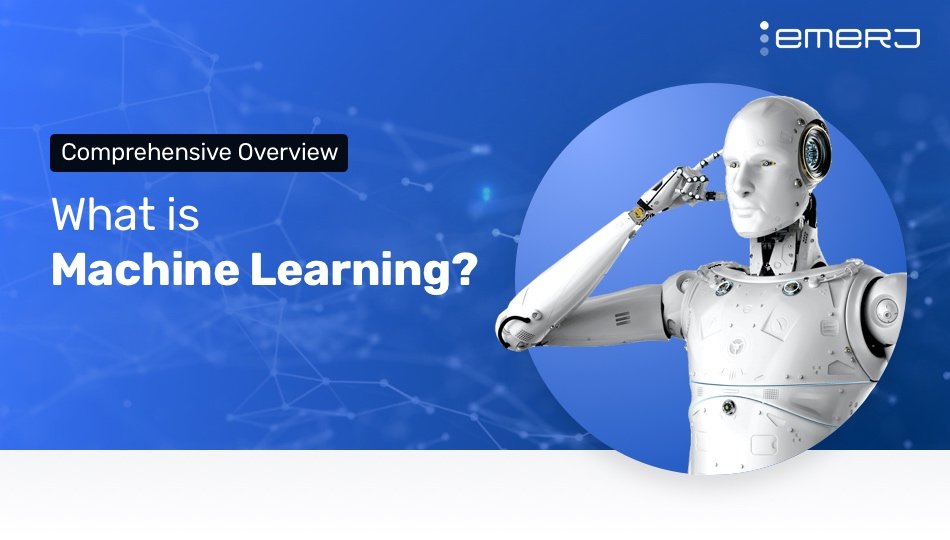Rise by Six: Your Daily Dose of Inspiration
Explore insights and stories that elevate your day.
When Robots Learn to Laugh: The Quirky Side of Machine Learning
Discover the hilarious side of AI! Explore how robots are learning to laugh and the quirky implications for the future of machine learning.
The Science Behind Humor: How Machines Are Learning to Laugh
The science behind humor has always been a fascinating subject, intertwining psychology, linguistics, and now, advanced technology. As researchers delve into what makes us laugh, they uncover fundamental elements that contribute to the experience of humor. For instance, humor often arises from unexpected juxtapositions or the subversion of expectations. Machines are learning these nuances by analyzing vast datasets of jokes, memes, and comedic scripts, allowing them to understand the structures that elicit laughter. Through sophisticated algorithms, they identify patterns that highlight timing, wordplay, and context, paving the way for machines to engage in humor in a way that approximates human wit.
Moreover, the rise of artificial intelligence (AI) has opened new avenues for creating comedy. AI-driven models like GPT and others are engineered to generate jokes and comedic narratives, simulating the creative processes that underpin human laughter. This has led to some amusing outcomes, showcasing that while machines can replicate certain aspects of humor, the subtleties of timing and delivery still present challenges. **As we continue exploring the intersection of technology and comedy**, we may soon witness a future where machines not only understand jokes but also invent their own, making us question what it truly means to find something funny.

Can Robots Understand Jokes? A Dive into Machine Learning and Comedy
The intersection of machine learning and humor presents a fascinating challenge: can robots truly understand jokes? While machines have become increasingly adept at processing language through complex algorithms, humor often relies on cultural context, wordplay, and the element of surprise. According to researchers, humor is not just about punchlines; it's about the nuances of social interactions and cognitive processes. For instance, a simple setup can lead to myriad interpretations, making it difficult for even advanced AI systems to grasp the underlying twist that constitutes a joke. Additionally, comedy often involves understanding emotions—something that machines are still striving to achieve.
Recent advancements in machine learning have enabled robots to analyze patterns in humor and even generate comedic content. Projects such as AI-comedians use vast datasets of jokes and comedic timing to create their routines. However, the effectiveness of their humor often depends on the audience's response, which remains unpredictable and subjective. Critics argue that while machines can learn from data, the appreciation and understanding of jokes require a human touch that is inherently tied to emotion and experience. As we venture further into this exciting realm, the question remains: can machines evolve to create humor that resonates as deeply as that crafted by human comedians?
What Happens When AI Tries to Tell a Joke? Exploring the Limitations of Humor in Machines
As artificial intelligence continues to evolve, one of the more intriguing questions is, what happens when AI tries to tell a joke? While AI has made significant advancements in understanding language and context, humor poses a unique challenge. Unlike straightforward information retrieval, jokes often rely on cultural nuances, timing, and an understanding of human emotions. For instance, an AI might be programmed to recognize wordplay or puns, yet the subtlety of a well-timed punchline can easily escape its grasp. The result is often a cringeworthy response that leaves humans amused not by the joke itself but by the machine's awkward attempt at humor.
The limitations of humor in machines highlight the inherent differences between human intelligence and AI. While a human comedian can adapt their material based on audience reactions, AI lacks the ability to read social cues and adjust accordingly. This inability to sense context often leads to a failure in humor delivery, making jokes sound flat or overly literal. In effect, AI may successfully parse the structure of a joke, yet it ultimately struggles with the emotional depth that makes comedy truly resonate with an audience. Thus, exploring the limitations of humor in machines not only underscores the complexities of human communication but also reveals the fascinating, if flawed, journey of AI in its quest to connect with us through laughter.